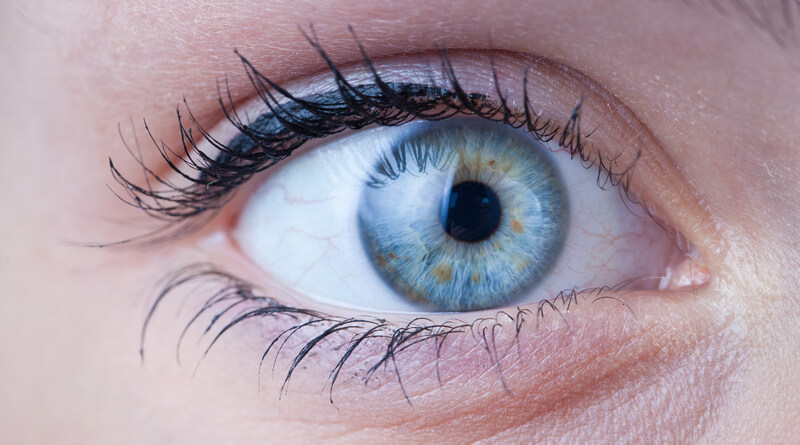How Can Healthcare Professionals Effectively Manage Infection Control?

The following guest post on improving infection control in healthcare was submitted by Rachelle Wilbur.
Healthcare-associated and hospital-acquired infections are a major concern for facilities, healthcare workers and especially patients. Central line-associated bloodstream infection (CLABSI), Catheter-associated Urinary Tract Infection (CAUTI), Surgical Site Infection (SSI) and Ventilator-associated Pneumonia (VAP) are all infections that patients can acquire while under treatment. Managing all of the factors involved in patients getting unnecessarily ill with these infections is an ongoing struggle, but the professional healthcare worker that takes a stand can make a difference.

Learn more about practical tips healthcare facilities can adopt to improve infection control.
Infection Facts
The CDC reports a steady decline in CLABSIs from 2008 to 2014. CAUTIs had no change from 2009 to 2014 in the infection rates. SSIs also declined from 2008 to 2014, and other common hospital-acquired infections, such as Clostridium difficile and methicillin-resistant Staphylococcus aureus (MRSA), also have declining rates of infection. Overall, the data looks toward improved protection for patients from infections they can get at a hospital or other healthcare facility, including long-term acute care hospitals and inpatient rehabilitation facilities. However, individual facilities need to be forever vigilant of protocol disciplines and providing infection protection materials and medication. Every facility should reach for a zero infection goal.
Protocol Discipline
There are proven methods that reduce infections. One is hand washing, and another is wearing personal protective equipment (PPE). Studies have demonstrated that washing hands using soap and running water is better than just using hand sanitizers. Also, even though standard examination gloves are not sterile, they can offer protection against healthcare workers spreading infections to immunocompromised patients. The problem of maintaining standard hand washing and PPE use varies from facility to facility and even from department to department and shift to shift. Enforcing strict infection control procedures across the board in all situations helps protects patients and may help with liability.
Education Benefits Infection Control
Every facility should require annual, or semi-annual, training in infection control procedures. Training should be tailored for each department, but minimizing differences in procedures throughout a facility is beneficial toward ensuring standard compliance. Additional benefits regarding education include assisting employees to advance medical training. Higher education benefits facilities and patient care. Nurses advancing from an RN to BSN degree walk away with increased knowledge that improves their ability to provide care for patients, especially care in specialty areas. An MSN program is typically two years, and some healthcare facilities expect their RNs with bachelor degrees to advance to master’s level within a specified number of years of being licensed.
Simple Devices to Reduce Infections
It is important for healthcare facility administrators and department heads to keep abreast of new technology that can help prevent infecting patients who are having procedures or therapies administered. Devices, such as Curos™ Disinfecting Port Protectors, can help protect patients with central lines installed. The little caps screw onto the port hubs when they are not in use. Inside the cap, 70% isopropyl alcohol is released when it is screwed onto the hub to “bathe” the hub and disinfect it. They are kept in strips that hang from IV poles. However, they are useless if supply lines do not keep them available for every patient with a central line all of the time.
Combining strict infection control protocol adherence with education may help improve compliance. Understanding the why of procedures helps with establishing a mindset of necessity of following protocols better than concern over disciplinary action of infractions. Thorough education gives a deeper understanding and personal meaning as to why certain protocols are in place. Keeping infection control products always in stock and handy for use also makes compliance easy. It is important to remove any impediments that get in the way of eliminating healthcare-associated or hospital-acquired infections.
Rachelle Wilber is a freelance writer living in the San Diego, California area. She graduated from San Diego State University with her Bachelor’s Degree in Journalism and Media Studies. She tries to find an interest in all topics and themes, which prompts her writing. When she isn’t on her porch writing in the sun, you can find her shopping, at the beach, or at the gym. Follow her on Twitter and Facebook: @RachelleWilber; https://www.facebook.com/profile.php?id=100009221637700.










 Brad Marshall is an Enterprise Development Consultant with RightPatient®. With several years of experience implementing both large and small scale biometric patient identification projects in healthcare, Brad works closely with key hospital executives and front line staff to ensure project success.
Brad Marshall is an Enterprise Development Consultant with RightPatient®. With several years of experience implementing both large and small scale biometric patient identification projects in healthcare, Brad works closely with key hospital executives and front line staff to ensure project success.

